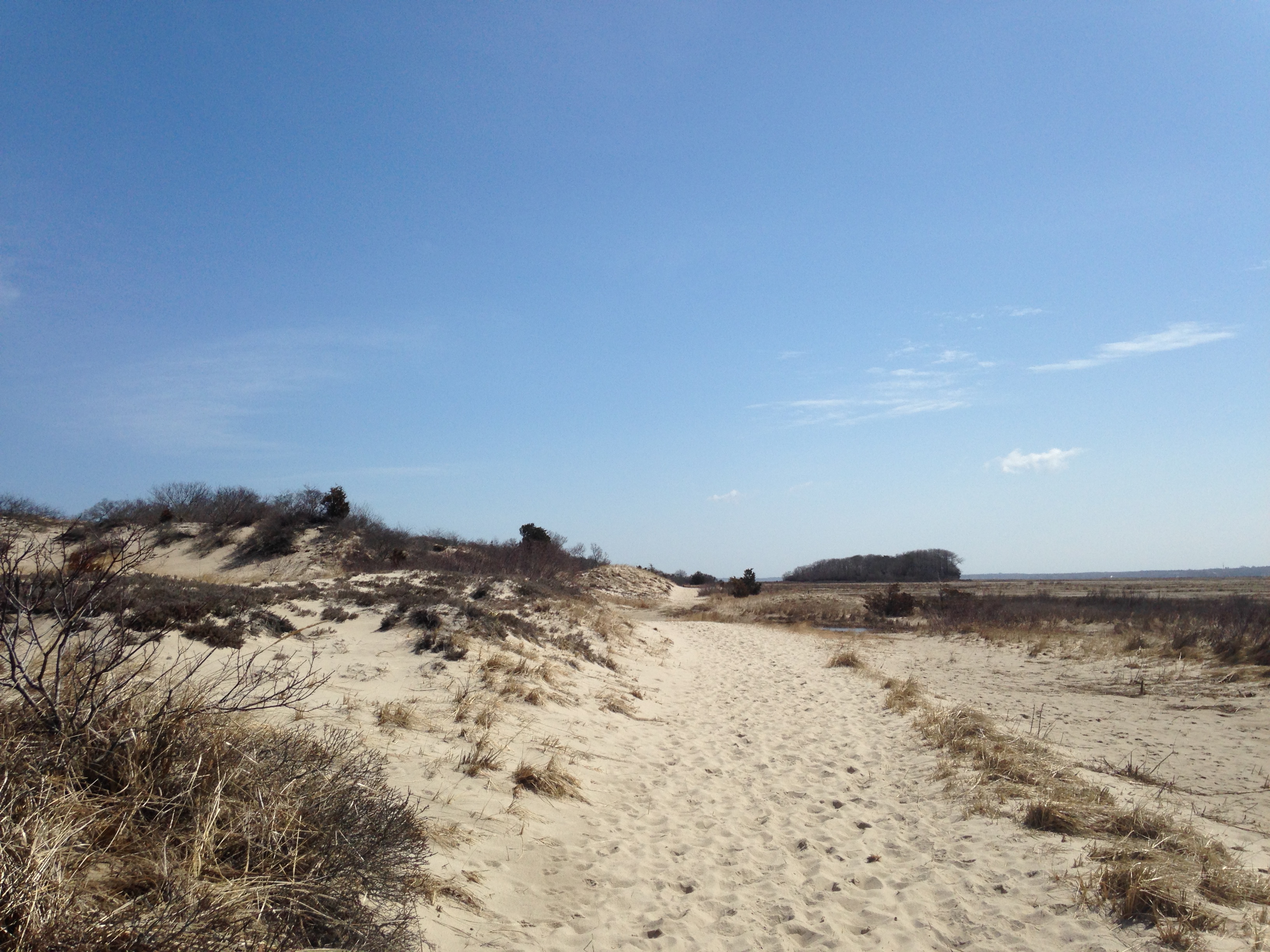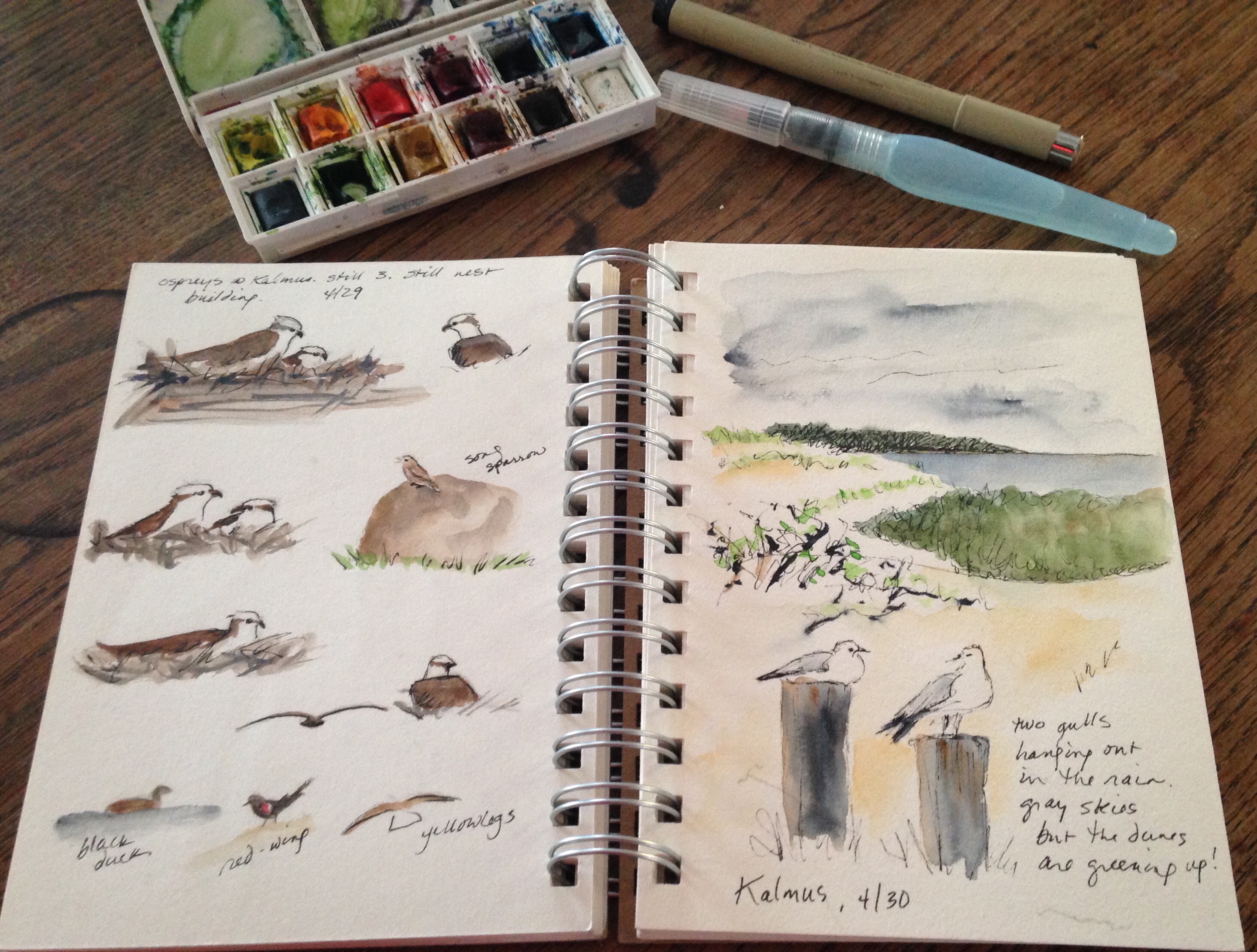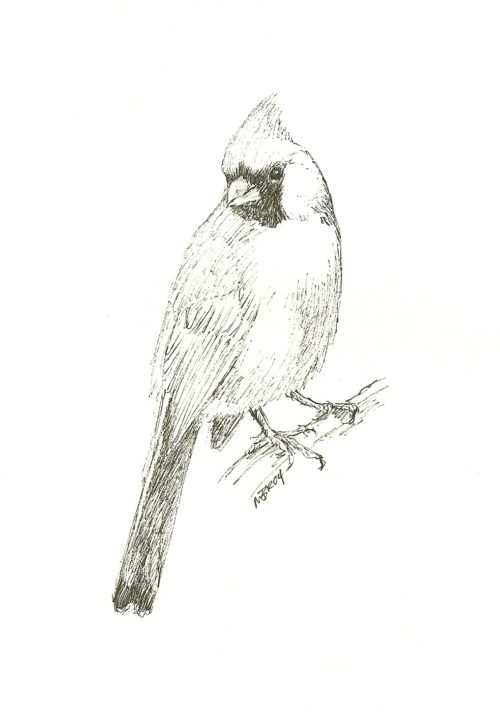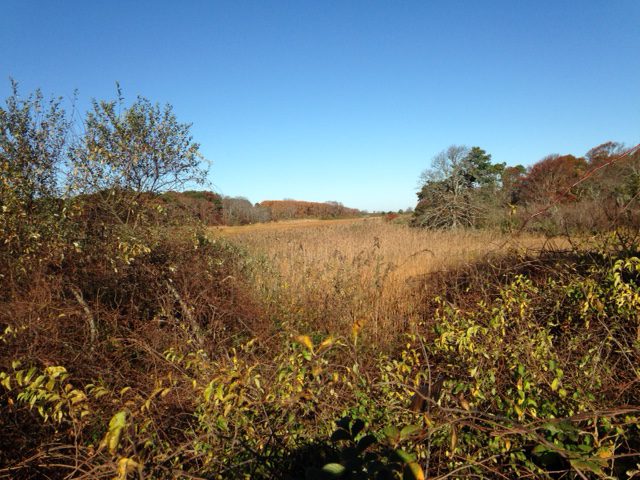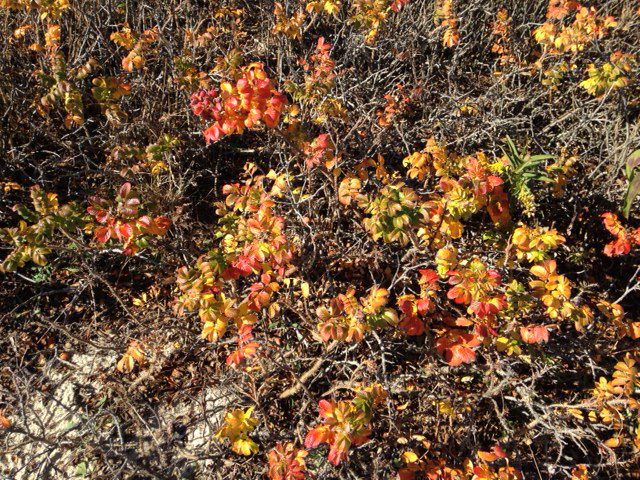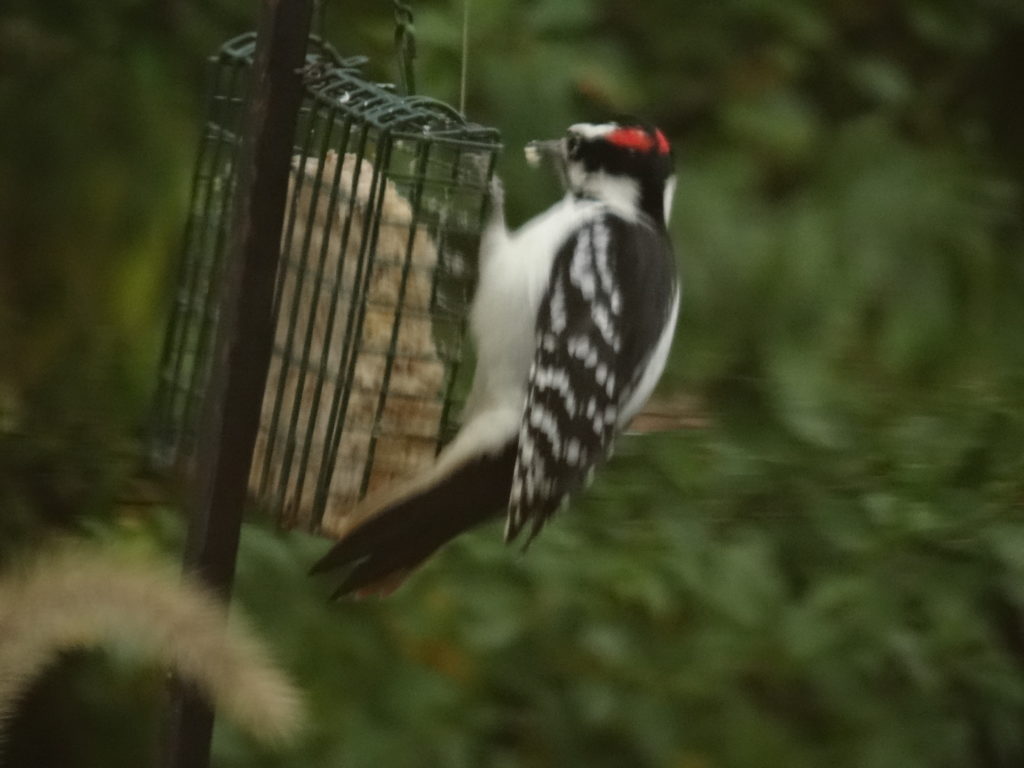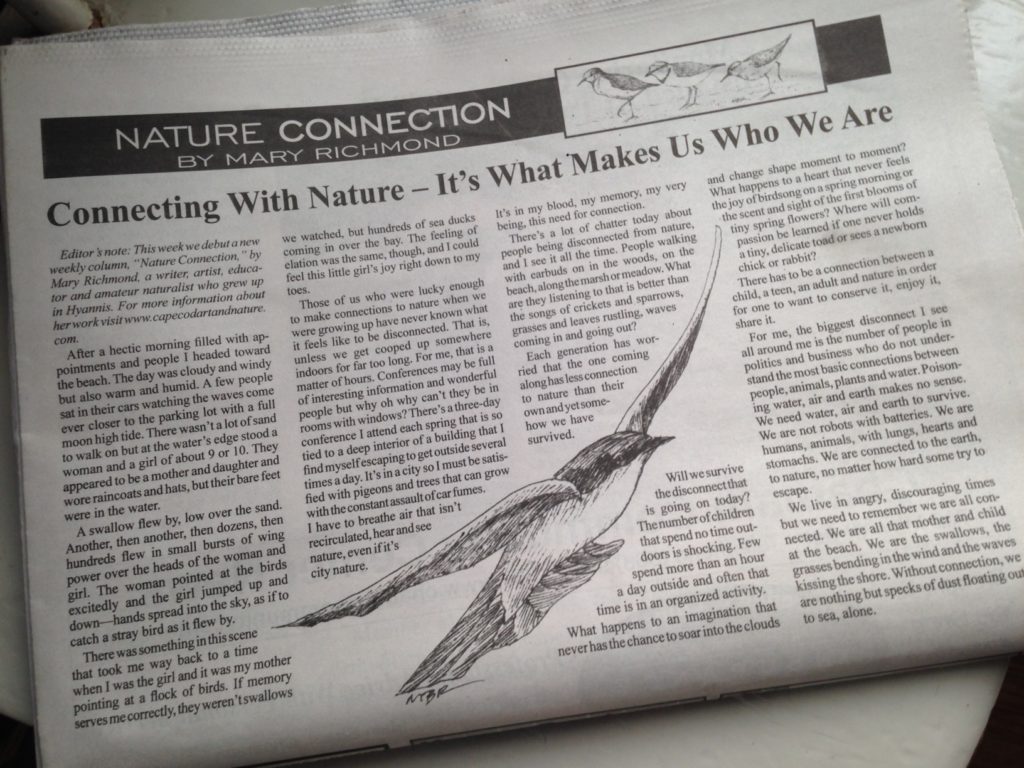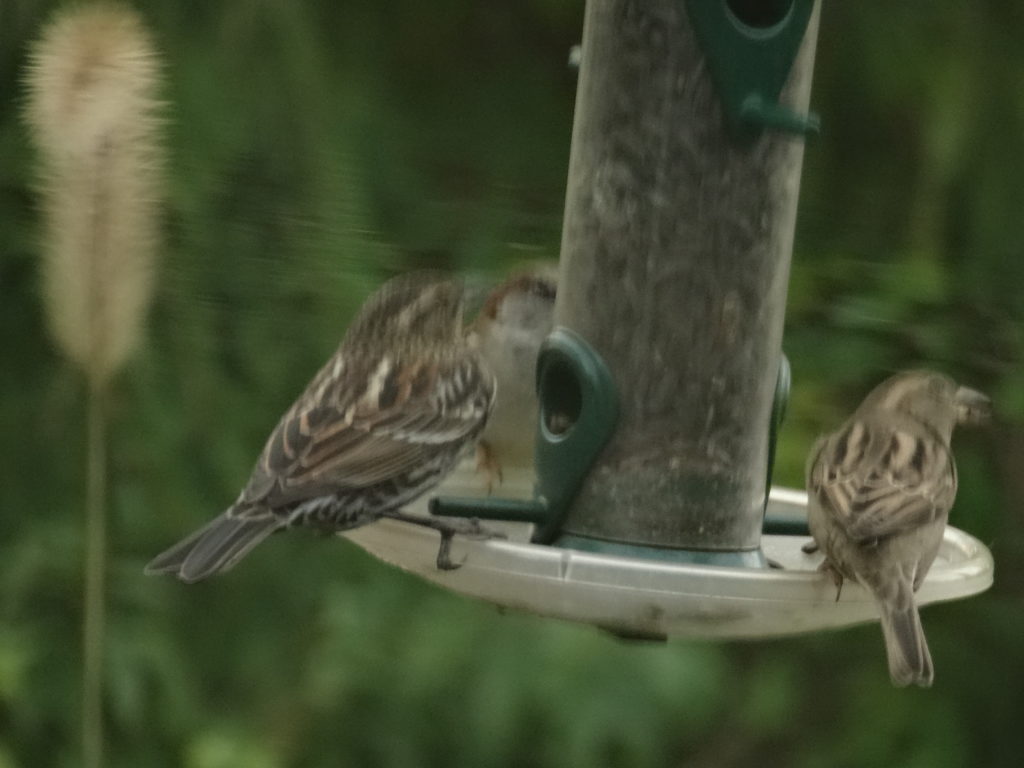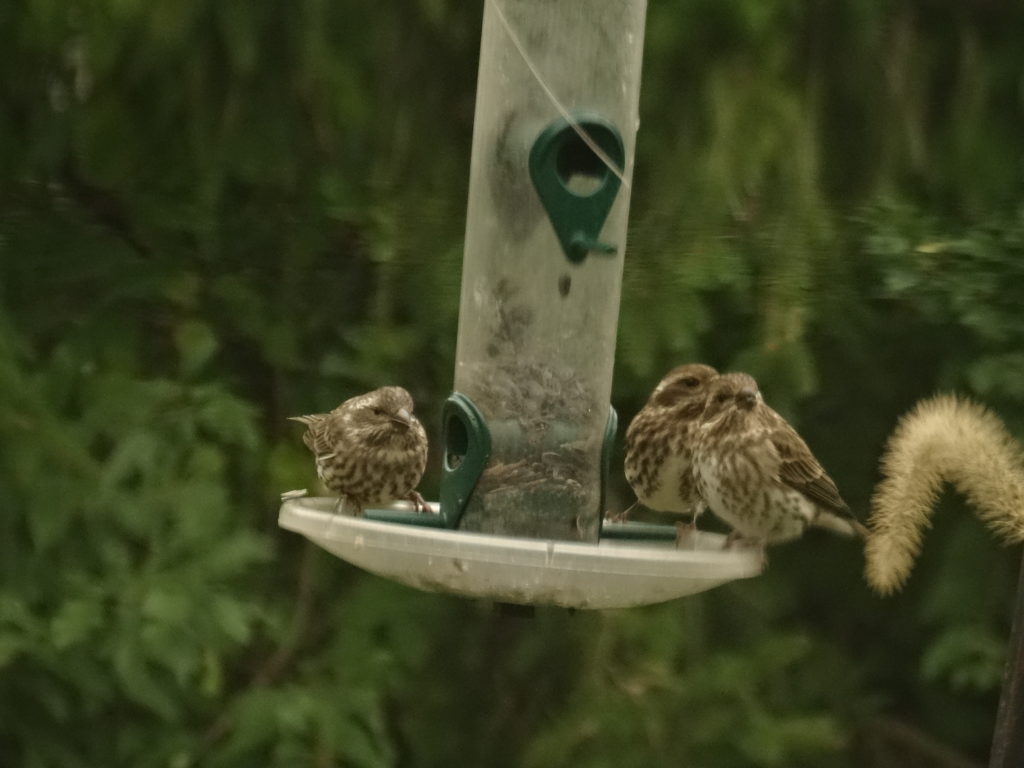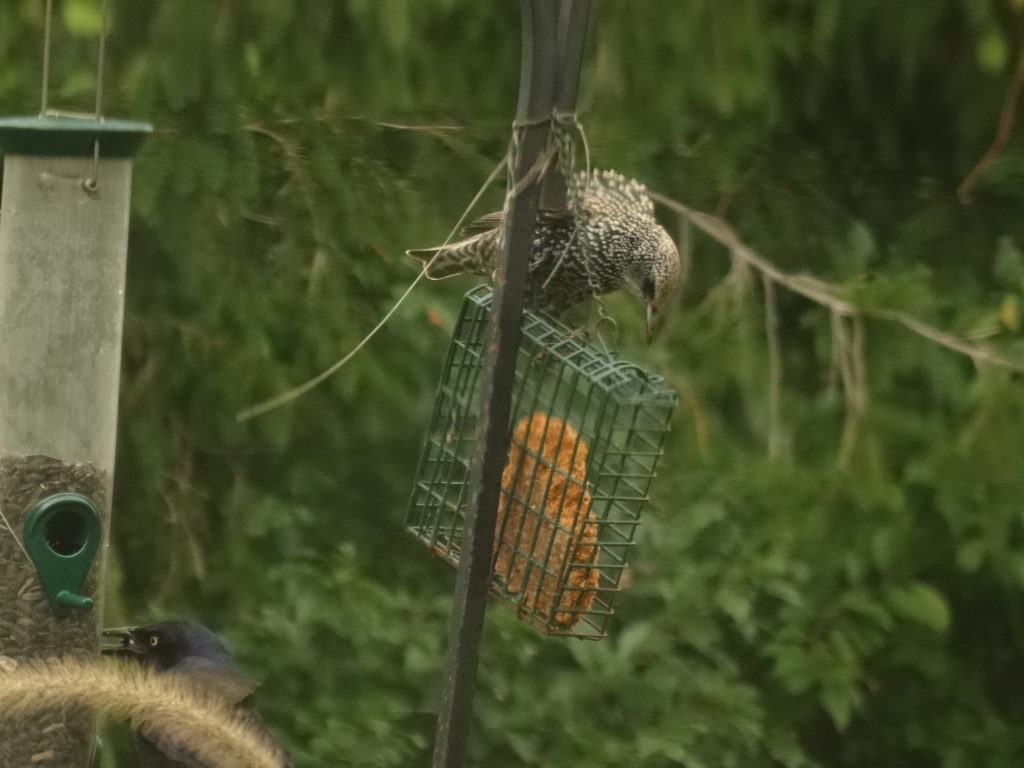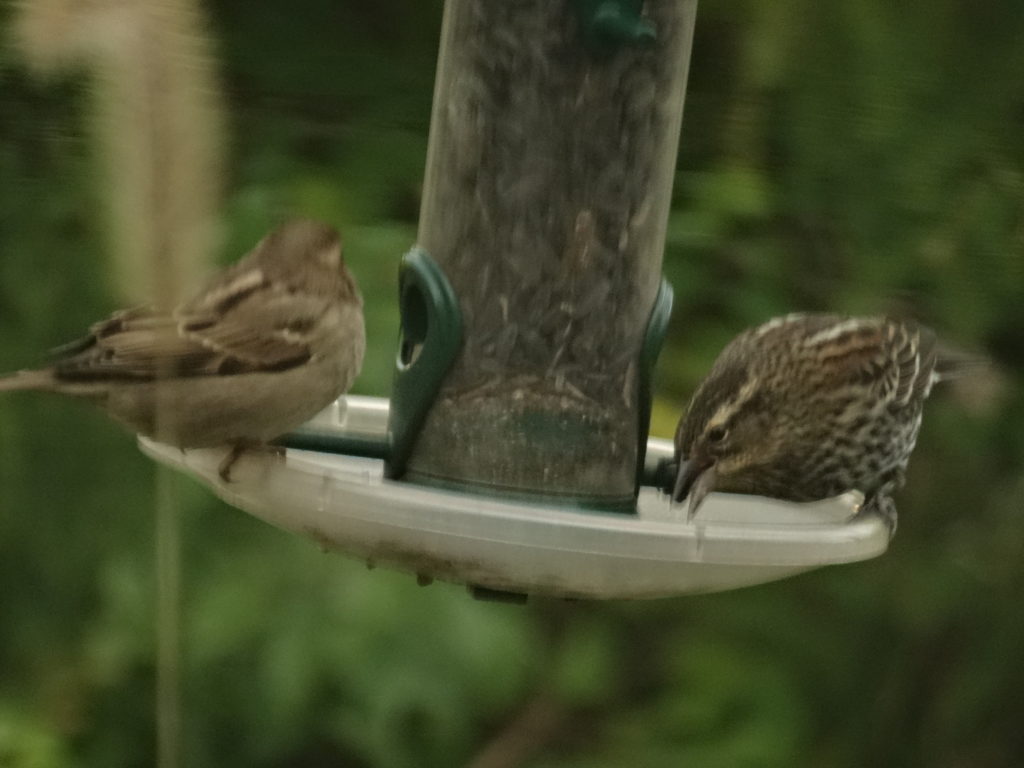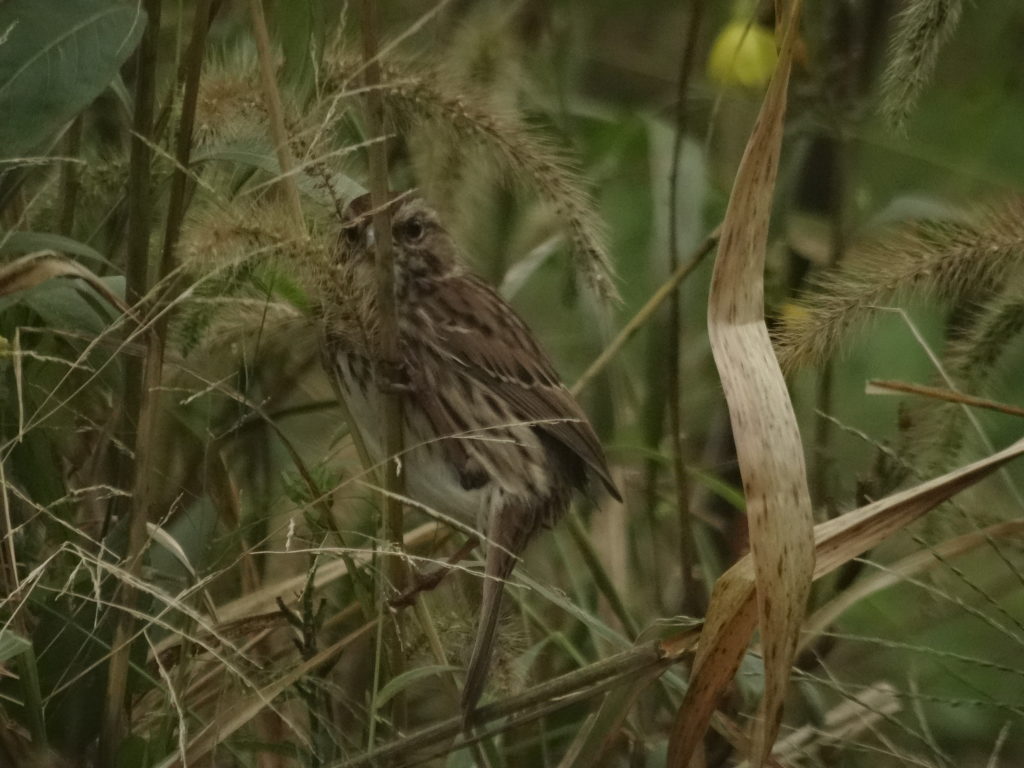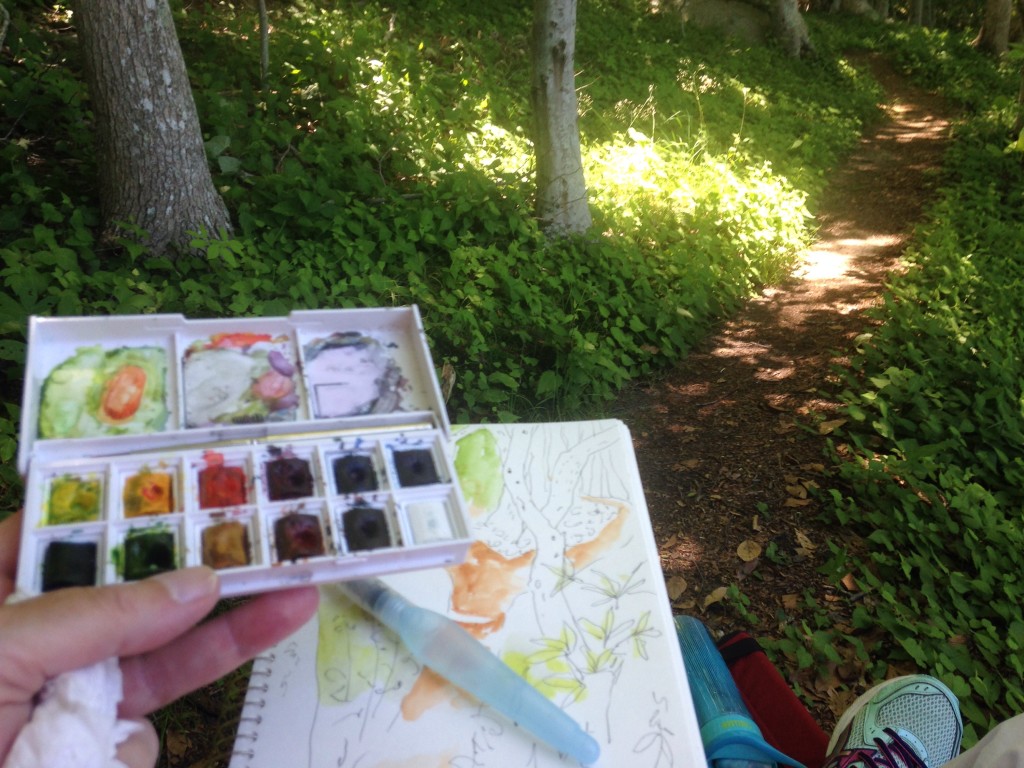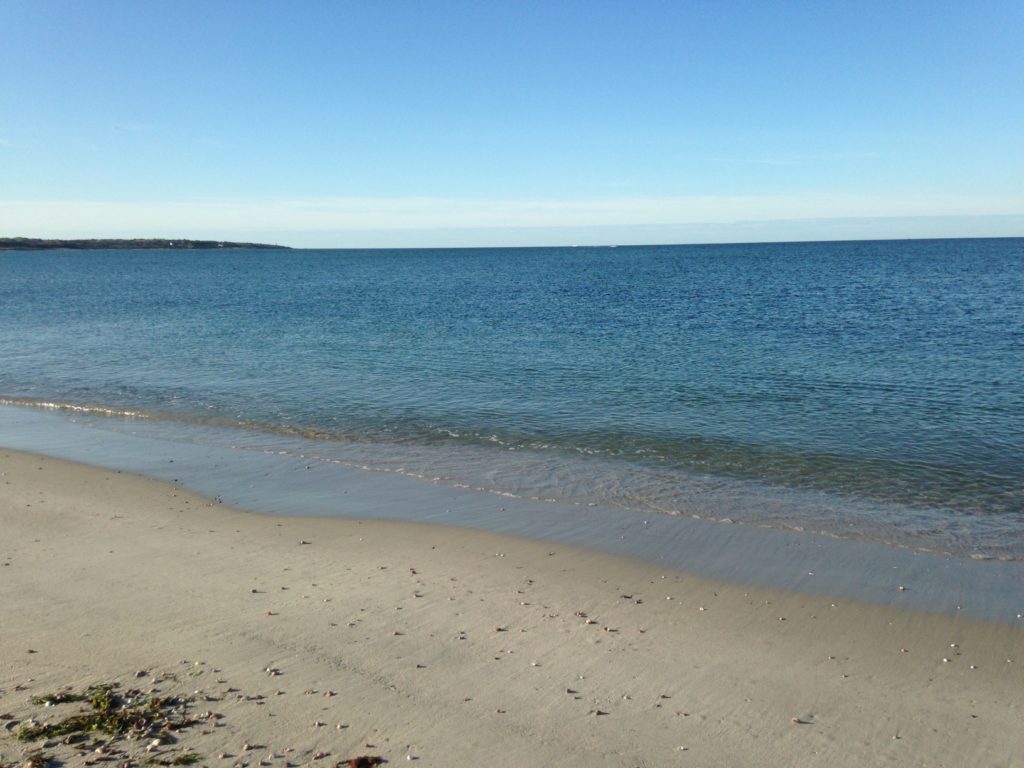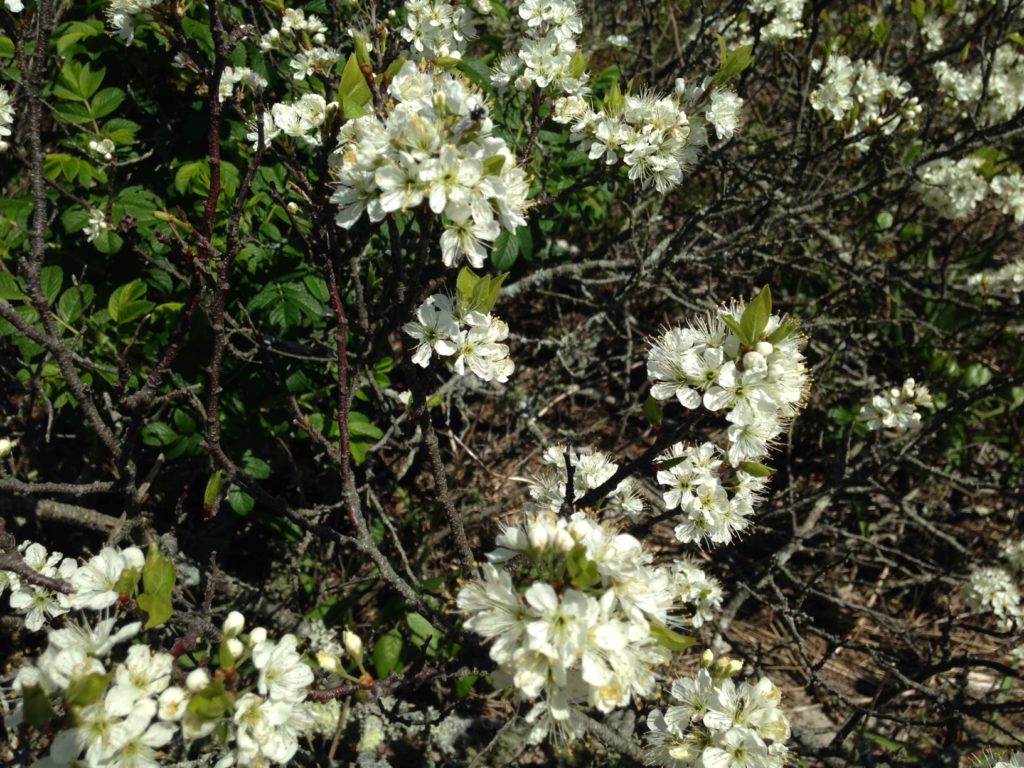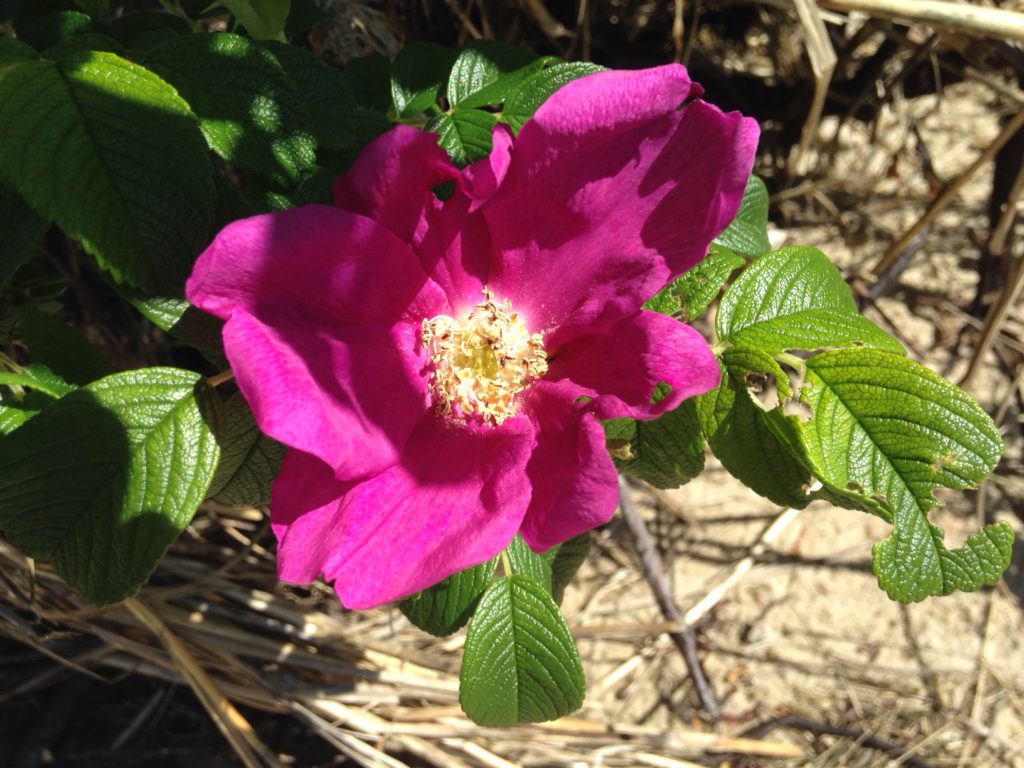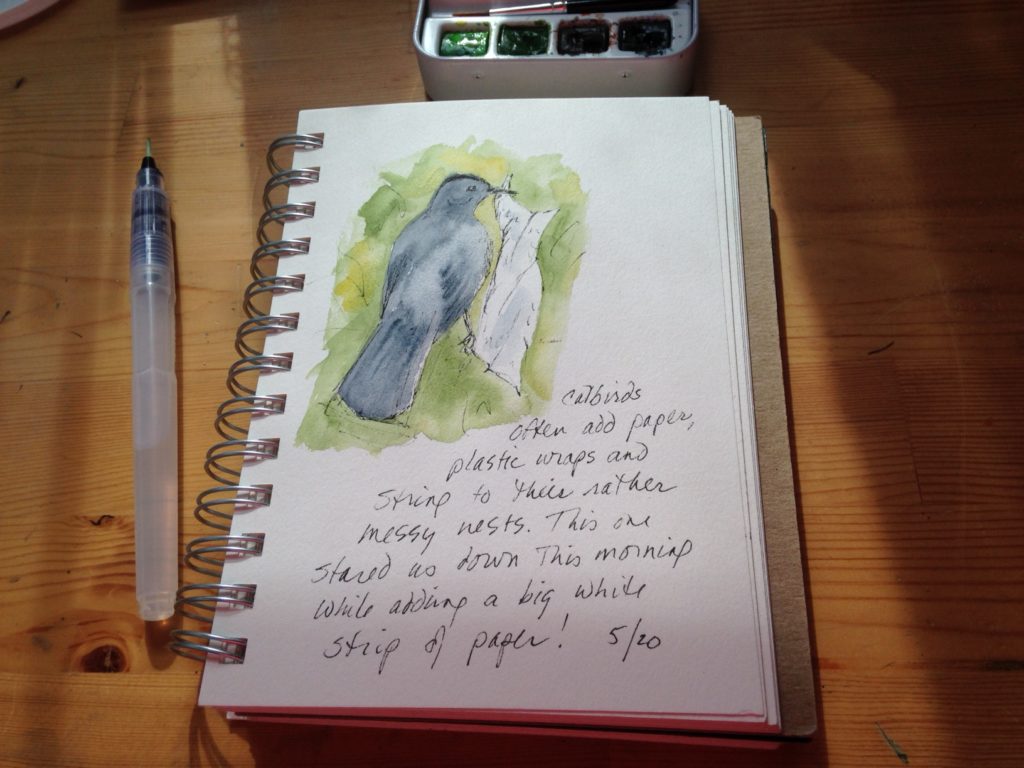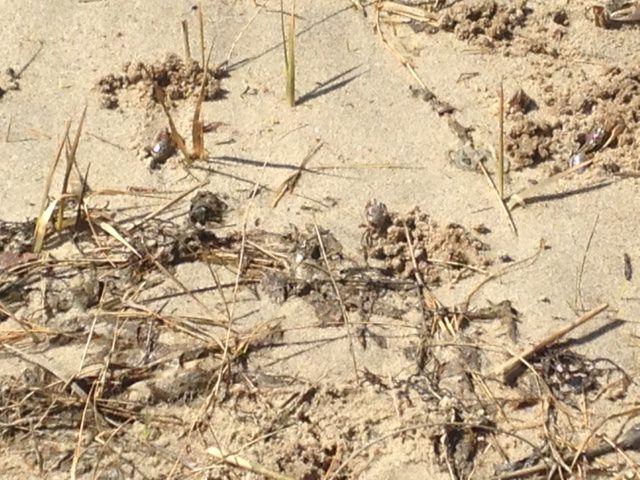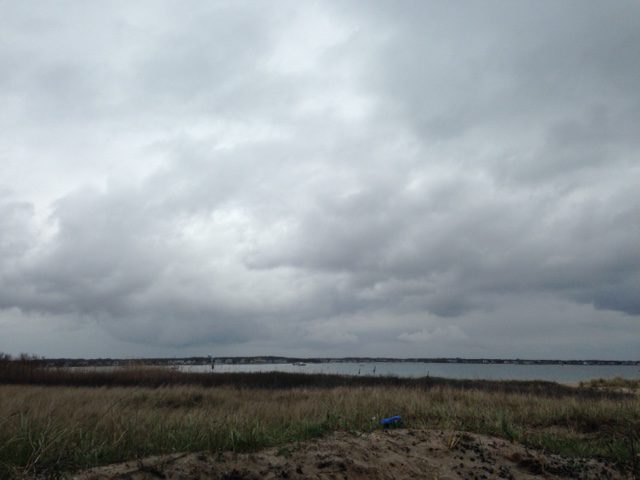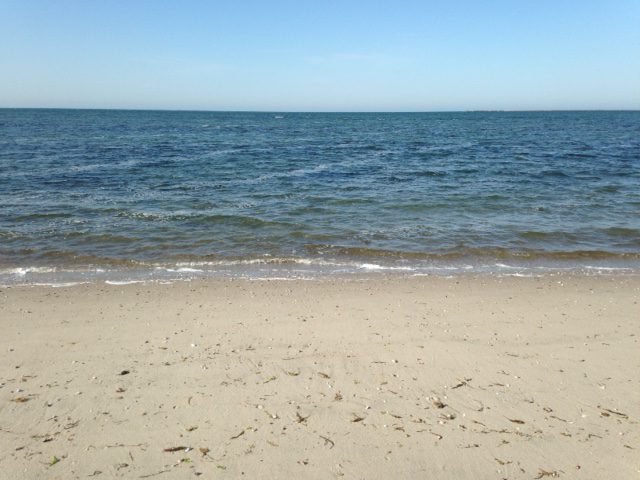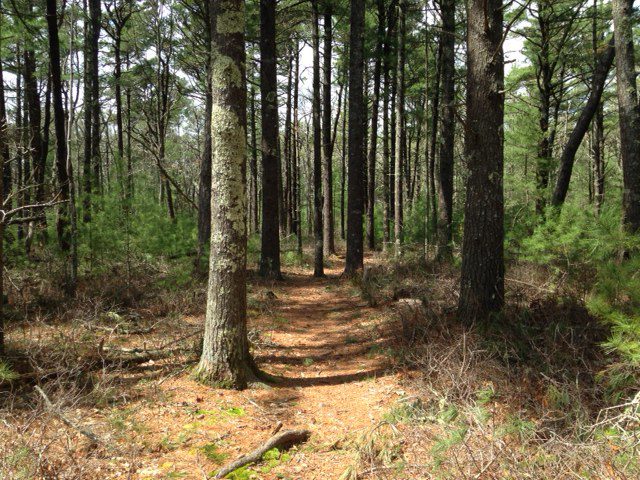My resolution for 2019? Dump the plastic. And not at the dump or landfill or recycling center. Just stop buying and using it. Easy, right? Maybe not. This year, however, I am resolving to use as little plastic as possible.
I already do a lot of things. I have a stainless steel lunch set I bring back and forth to work and take when I’m out on the road. I use a stainless steel water bottle and coffee mug as well as stainless steel straws. I buy handmade, organic soap without wrappers and am testing homemade laundry soap I can keep in a glass jar.
Look around the house. The car. The backyard. How much plastic do you use? Look in the refrigerator. Almost everything, including juice and milk comes in plastic. There are alternatives out there and this year, I’ll be buying the old fashioned cartons or glass containers. Buy grains in bulk and put in jars at home. Buy produce that isn’t wrapped and don’t use the plastic bags–bring my own cloth bags.
Go to the fish market or butcher and ask for freezer paper, not plastic. Our grandmothers did just fine with all that and it’s fresher, too.
We don’t use a lot of cleaning products at our house. We use plain old vinegar and baking soda for different tasks. Dilute the vinegar with water and keep in a spray bottle–glass, of course–and keep a jar or box of baking soda handy for scrubbing ceramic sinks, tubs, etc. They work on pretty much anything.
What about toothbrushes and toothpaste? You can make your own paste but it tends to be abrasive. And those bamboo brushes? They get nasty fast–I got rid of mine after two weeks. Yuck. I cleaned them like crazy but I swear germs just leered at me. Sorry bamboo brush lovers. I’m still working on a solution to this one. And shampoo. Shampoo bars dry my already thin hair out way too much.
Check out your sponges and mops. Planters. Decorations. How many are plastic? Plastic has slipped into our lives in almost every area. Can we solve the world’s problems by using stainless steel straws? Probably not, but we can help people become aware that alternatives to plastics are readily available by setting an example.
I’ll report here intermittently about how my year cutting out plastics is going.
How about you? Will you be reducing your use of plastic this year? I’d love to hear your thoughts.

